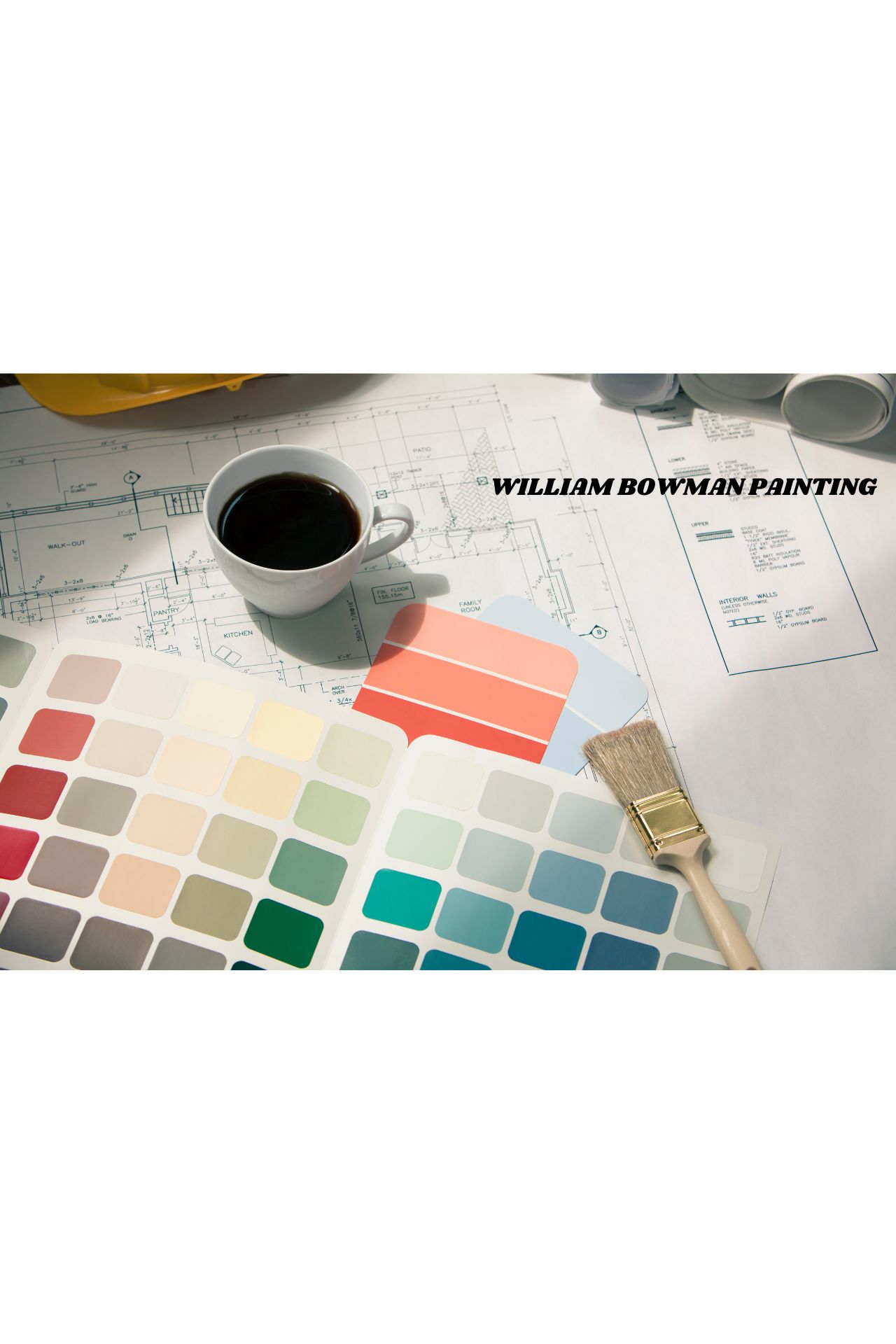6 Things to Consider Before You Start Interior Painting
Interior painting is the process of transforming your home’s interior space by applying a new coat of paint to walls and ceilings. It’s an affordable and DIY project that can give your space a fresh look. However, before you start, there are several things to consider.
Choosing the Right Paint Color
The right paint can make or break the overall look of your room. You want a paint color that will complement your existing furniture and accessories, but also work with any changes you may make to the room’s decor in the future.
It’s best to choose a color that will stand up to wear and tear, as well as frequent cleaning and washing. For this reason, some experts recommend choosing an interior paint that’s formulated to resist staining, mildew, and fading.
Keeping the Walls in Tip Shape
Before you start painting, remove any furniture and other items from the walls to prevent them from getting painted over. This will allow the paint to dry more evenly and create a smoother finish.
Caulking and Hole Patching (Spackling)
Before painting, take the time to caulk around the windows, door frames, and other areas where the air is likely to get trapped. A thin layer of caulk can keep your wall from being stained by humidity, while also filling any holes or cracks. It also helps to keep moisture out of the space, so your walls will be less prone to warping or rotting.
Sponging away Bumps and Ridges with Sandpaper
After the primer dries, use very fine grit sandpaper to sand down any bumps or ridges that have formed on your wall. Be sure to sand each section of the wall separately; don’t try to sand the entire area at once, as this will only result in more flaking paint and uneven surfaces.
Using a Brush, Roller, or Sprayer
It’s easiest to apply paint with a brush and roller since a paint sprayer will only spread the paint out in one direction. But you can also use a sprayer to apply paint to larger areas, like doors and trim. Just be careful to only spray on the top and bottom of a wall, and don’t spray down or on top of the trim.
Always start with large areas and move down to smaller ones; this will help you avoid drips and splatters. You can even use a texture-enhancing spray to get a finished look without having to wait long for your new paint to dry.
Using an Angular Brush
A two-inch angled brush is useful for painting corners and around trim since a paint roller will not be able to reach the edges of these areas. It will also ensure that the edge is painted in a uniform color, which is important for consistency.
Using Painters Tools
If you’re a do-it-yourselfer, there are many different supplies you can buy to make the job easier. These include brushes, rollers, and sprayers, as well as a variety of other tools for cleaning up the mess that’s sure to come with any project. Some of these can be used multiple times, which saves you money over buying them each time.
If you are considering hiring a painting contractor to paint your home. Please consider giving William Bowman Painting a chance to win your business. Call/Text 610.412.4556 or schedule online using our customer portal. We also do drywall repairs.

